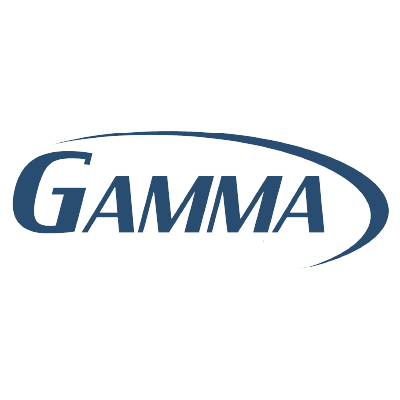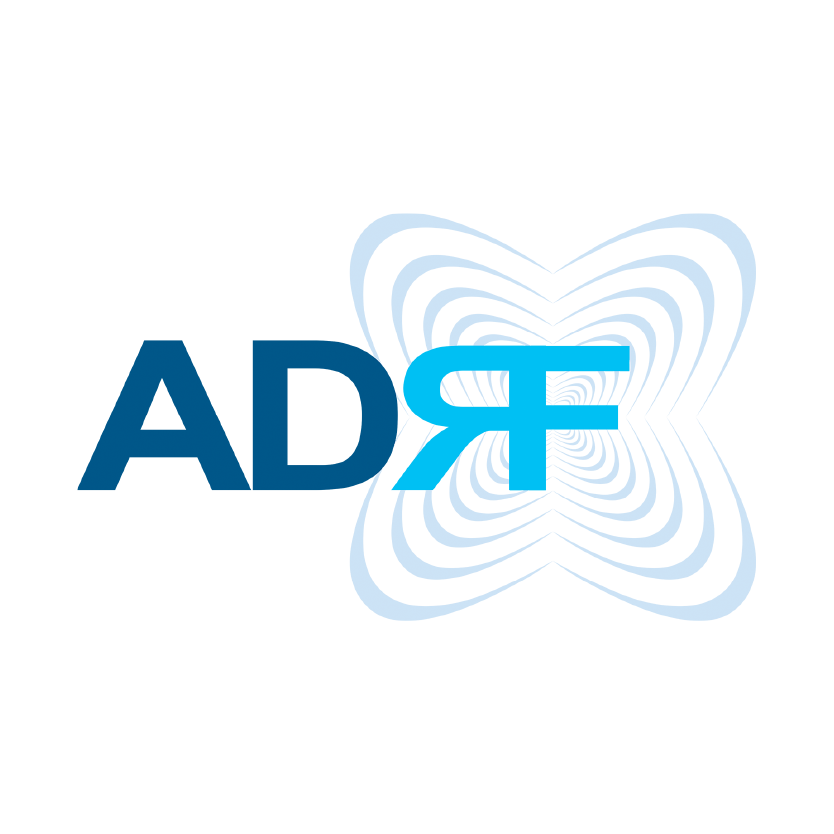Know the Code.
Stay Compliant.
Understanding and complying with fire code is essential for the safety, functionality, and approval of your building’s communication systems. From national standards like NFPA 1225 and IFC to local AHJ requirements, we help you navigate what’s required—clearly, confidently, and correctly.
Download the Fire Code
Get the latest on the fire code requirements for in-building communication systems. Access downloadable versions of NFPA 1225, IFC standards, and local code references to ensure your project stays compliant from day one.
OUR PROCESS
How We Get It Done
Every service we offer is part of a larger, proven process designed to deliver safe, code-compliant, and fully operational ERCES systems. From initial signal testing to final system commissioning, we follow a clear and thorough approach that ensures nothing gets missed.
FAQ
Have Questions?
You’re Not Alone.
Here are some of the most common questions we get about DAS, code compliance, and getting started.
-
A DAS (Distributed Antenna System) is a network of spatially separated antennas connected to a common source that sustains wireless communications and work together to provide improved wireless coverage within a building, across a campus, or in areas where traditional cellular or radio signals are weak.
-
A Distributed Antenna System (DAS) is vital in places where standard wireless signals can’t reliably penetrate. These weak spots are common in large, complex, or dense buildings and areas, where concrete, steel, glass, or underground spaces block communication signals. A DAS saves lives in emergencies, ensures compliance, improves daily wireless reliability, and future-proofs large facilities.
-
Yes — in many cases a DAS (Distributed Antenna System) or BDA (Bi-Directional Amplifier) is required by code, but it depends on the type of building, the jurisdiction, and the applicable fire/life safety standards. DAS (specifically Public Safety DAS/BDA) is code-mandated when a building fails emergency responder radio coverage tests above 12K Sq ft. The exact enforcement and thresholds are determined by the local AHJ, based on NFPA 1225 and IFC 510. Even when not required, DAS improves safety and cellular coverage inside buildings.
-
All Buildings are built according to strict fire codes and regulations. Fire codes IFC 510 & NFPA 72 require Emergency Responder Radio Coverage (ERRC/ERRCS) which clearly define that an in-building solution is required where signals are weak or blocked. All Buildings with failing signals require enhancement. Building that commonly need DAS include:
High-rises and large commercial buildings
Hospitals and healthcare facilities
Schools and universities
Airports, train stations, and other transportation hubs
Government and public safety facilities
Stadiums and entertainment venues
Any building where reliable cellular or public safety communication is critical can benefit from DAS installation.
-
Implementing a Distributed Antenna System (DAS) starts with understanding your building’s coverage needs. Begin with a site survey to identify signal gaps, define whether you need public safety, cellular, or both types of coverage, and engage experienced engineers to design a tailored solution. After professional installation, thorough testing ensures reliable performance, and ongoing maintenance keeps your system compliant and fully operational. Get started today.




